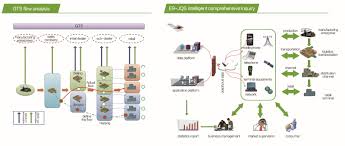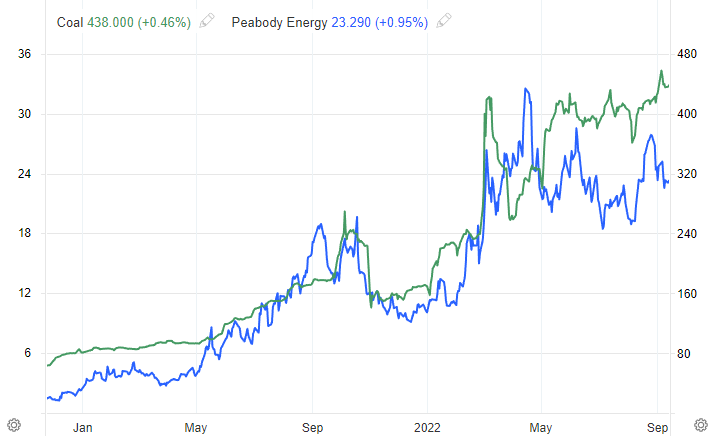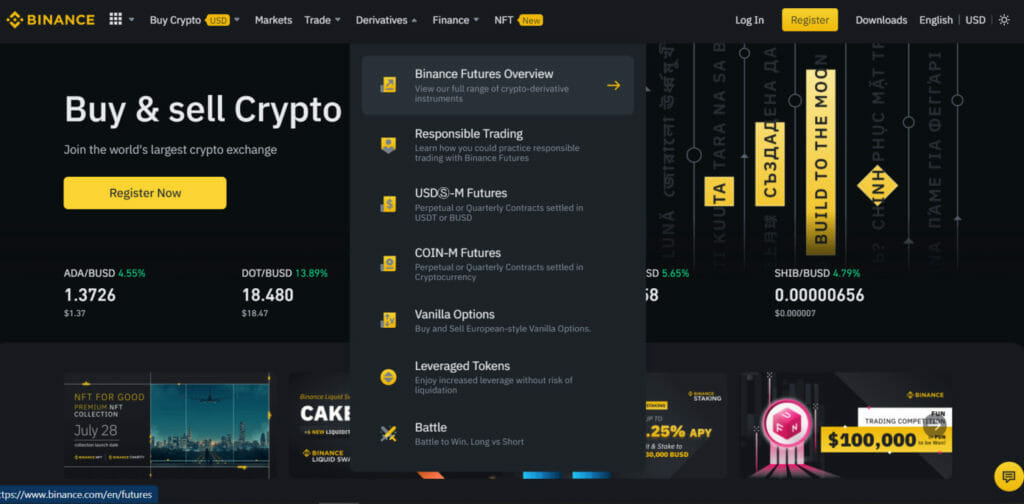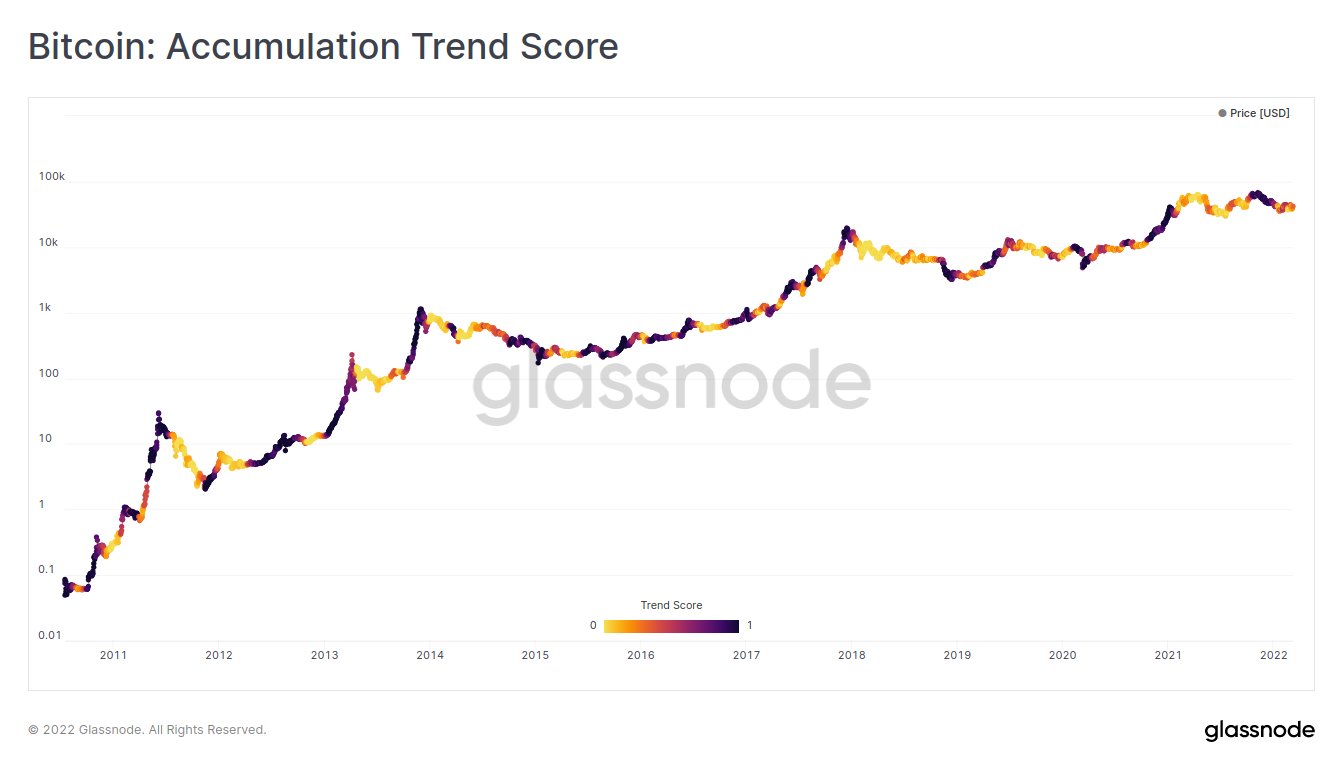Alright, traders, buckle up! The commodity markets are throwing everything but the kitchen sink at us today. Let’s dissect the deluge of data dropped on May 23rd – and trust me, there’s plenty to unpack.

Photo source:assignmentpoint.com
First up, the Shanghai Futures Exchange is gearing up to launch a slew of new contracts – aluminum alloy, LNG, printing paper, and corrugated paper. This is a direct signal of China’s intent to expand its influence in these sectors, folks. Pay attention!
Now, the steel sector. We’re seeing a complex picture: production is up for the second week running, factory stockpiles are building, but social inventories continue to dwindle. Demand is slowing, which is a red flag. It’s a tug-of-war demonstrating a bit of instability.
Global crude steel output dipped slightly in April, but China remains the powerhouse, effectively flat year-over-year. Remember that – China’s still calling the shots.
Let’s shift gears to agriculture. Indonesia’s export tax hike is gifting Malaysia a palm oil advantage, with exports expected to jump 10% next month. Keep your eyes on this Southeast Asian dynamic – it’s a profit opportunity.
Here’s a head-scratcher from the US: potential waivers for small refineries concerning biofuel blending. This could dampen demand for ethanol and create some volatility. The potential reshuffling is something to monitor closely.
On the soybean front, the IGC isn’t changing its global production outlook, but reduced carryover stocks offer a potential bullish signal. Meanwhile, US soybean export sales are ticking upward – a modest increase, but still a positive indicator.
Canada’s canola exports surged last week. It’s a clear signal of global demand, and could impact price support.
And finally, the dry weather in the US is impacting soybean planting regions, but to a slightly lesser extent than last week. It’s a continuing concern so monitor it!
Don’t forget about the adjustment of fees for natural rubber and alumina futures on the Shanghai Futures Exchange, starting May 26th – it’s the details that matter!
Knowledge Point Deep Dive:
Global commodity markets are incredibly sensitive to a complex web of factors. Supply chain disruptions, government policies (like Indonesia’s export tax), and even weather patterns all play a crucial role in price movements.
Understanding inventory levels – factory, social, and global carryover stocks – provides valuable insight into demand vs. supply dynamics.
These aren’t isolated events. The palm oil market’s reaction to Indonesia’s policies demonstrates a connected global agricultural trade. Price insights are reliant on observation of events worldwide.
The nuances of futures contract adjustments, like the SHFE fees, can directly impact trading costs and strategy. A small change can unlock big value.
Remaining vigilant and adaptable is paramount for success. Don’t get caught flat-footed!






